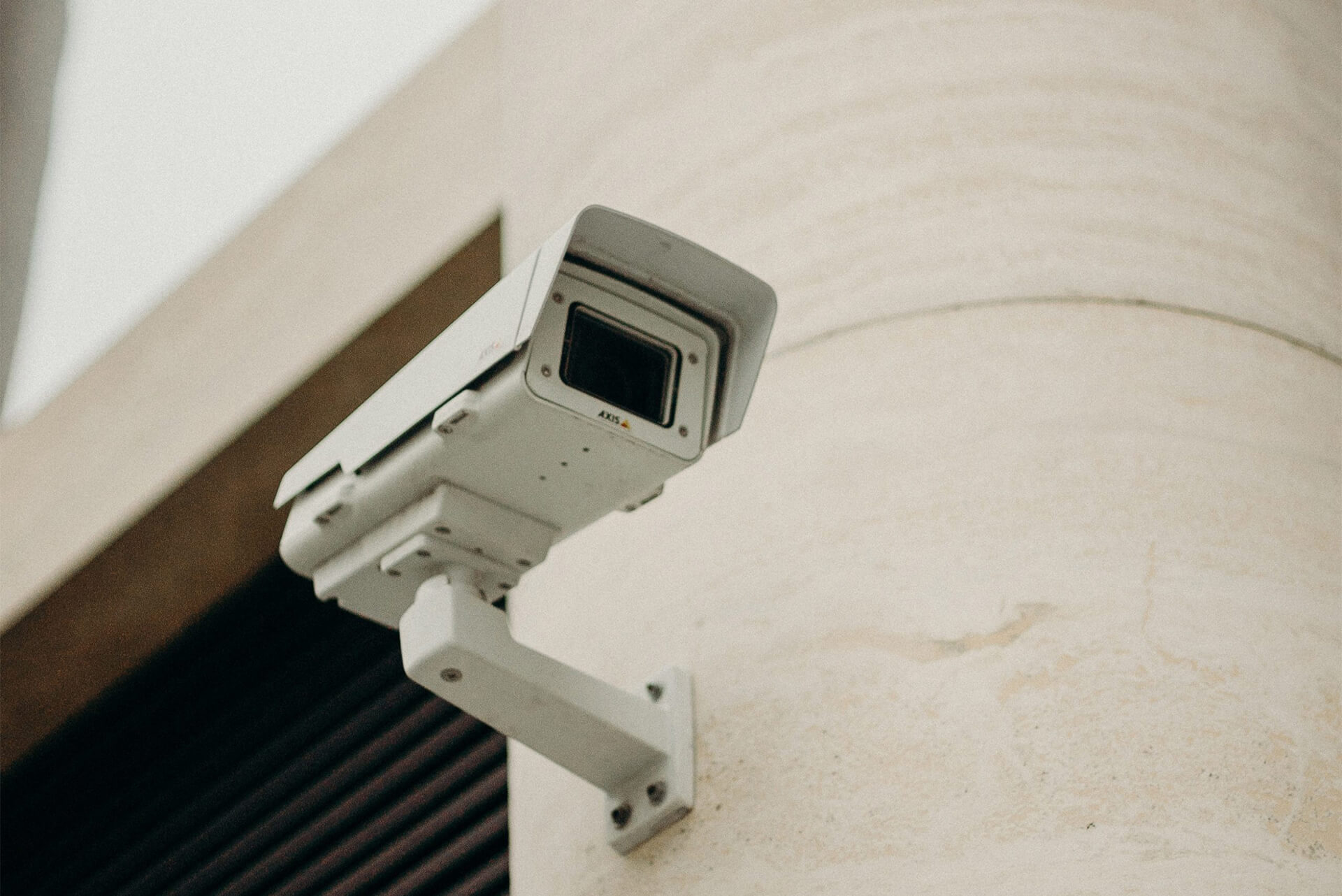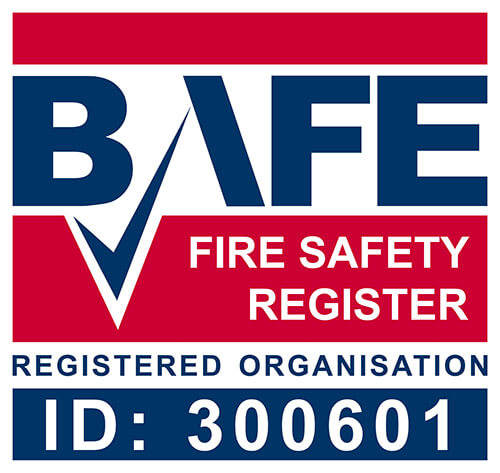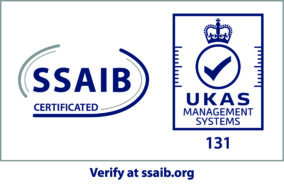As you navigate your way around our website, you will come across various helpful downloadable guides, including one in the Security section focusing on the features and benefits of CCTV Technology.
In this particular guide, we provide you with some background information about a few of the most common CCTV systems and CCTV cameras, to help you decide which system or camera will be the best solution for your business.
Here is a slightly more condensed version of the guide:
Motion Detection
If a large CCTV system is too costly for you, and you require a CCTV system for rooms that are largely unpopulated, a CCTV system with motion detector support would be more cost-effective, as it will only take a recording when the sensor is activated.
You then won’t end up having to watch hours and hours of idle footage.
Infra-Red Lighting
Theft doesn’t just occur in the daytime, and some CCTV systems are only capable of capturing footage in good light.
An infra-red CCTV camera has the advantage of being able to see in the dark, and it isn’t costly to include infra-red capabilities. Just be careful of investing in the really cheap infra-red camera models on the market.
Two-Way Audio
The two-way audio feature gives you the ability to communicate with any person in front of your CCTV camera, which is likely to give any thief a fright.
It’s most useful for interactive access control systems, but beneficial in other situations too. It also helps you better identify an honest access attempt from a malicious access attempt.
Automatic Number Plate Recognition
Automatic Number Plate Recognition (ANPR) allows video analysis software to automatically detect and read vehicles’ number plates.
Its integration with archiving, access management and parking management software, and the data it supplies, makes it a valuable system. It can be complex though in terms of installation, and it requires high-quality imaging hardware.
Facial Recognition
While ANPR recognises number plates, facial recognition recognises, you guessed it, people’s faces. It enables a CCTV security system to match a person’s face with an internal database record, so that you can identify who they are.
Facial recognition is typically used in settings where security or customer service are of utmost importance.
Real-Time Alerts
Also known as push notifications, real-time alerts are a relatively new feature of IP-enabled CCTV cameras. Any CCTV system that supports this feature will send an alert to a smartphone or tablet when motion is detected.
However, if you receive too many needless alerts, you could reach a point where you assume that every alert is bogus, causing you to ignore a genuine threat.
Wireless Connectivity
Many CCTV cameras offer wireless connectivity, using Wi-Fi to communicate with the security system, eliminating the need for any data cables.
This will simplify your infrastructure and improve the security system’s reliability, but it will still need power cables, a data network, and a wireless access point.
To read the full guide, click here, and if you need any assistance with the installation of CCTV technology, just get in touch.







